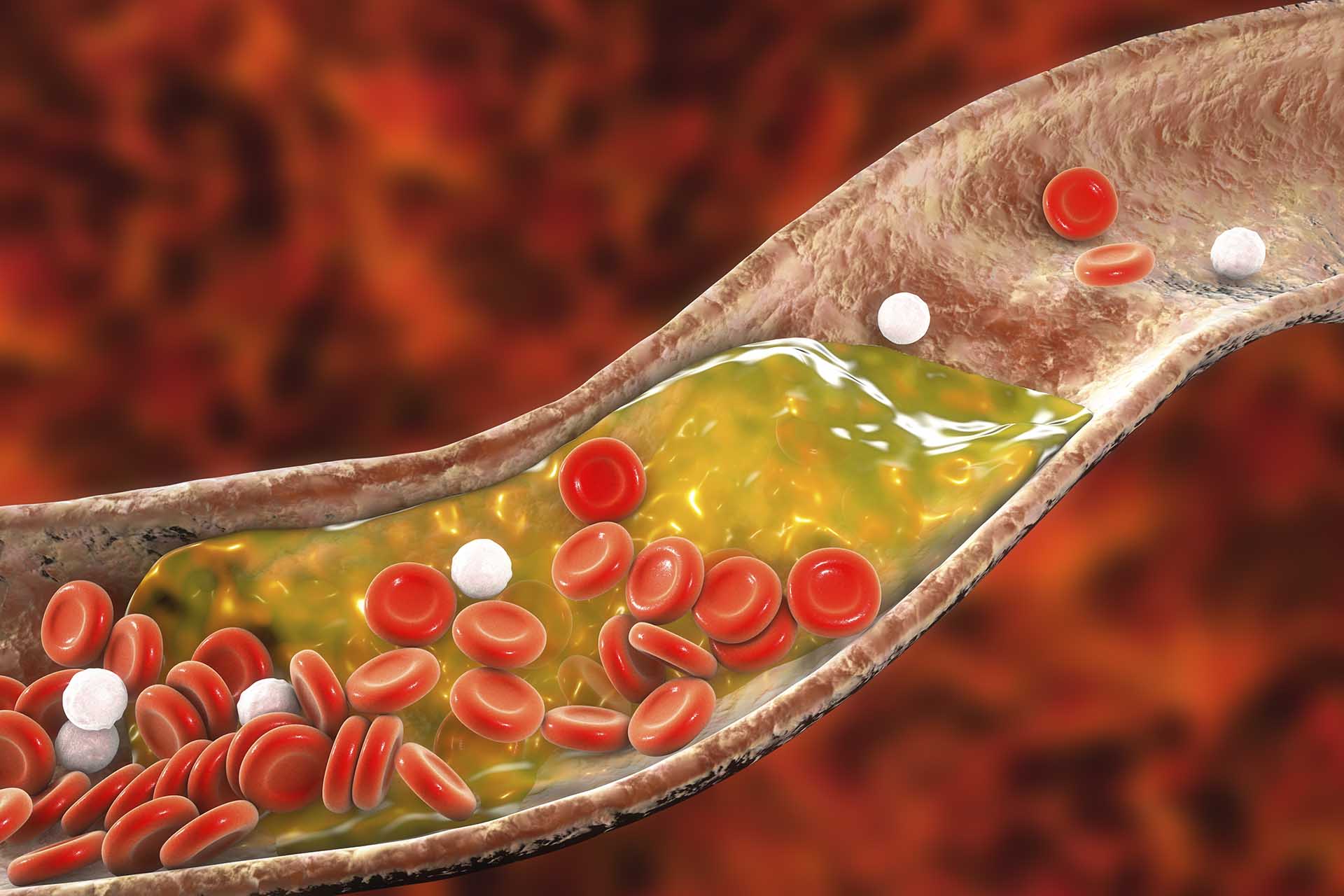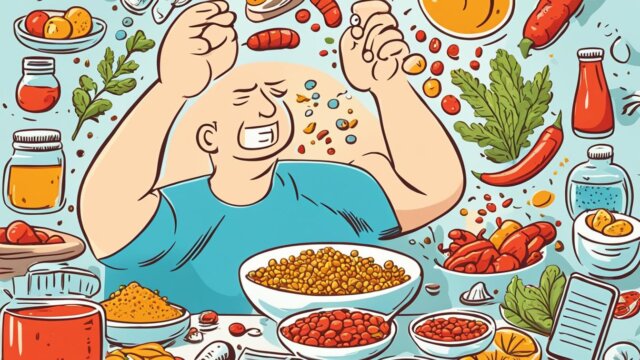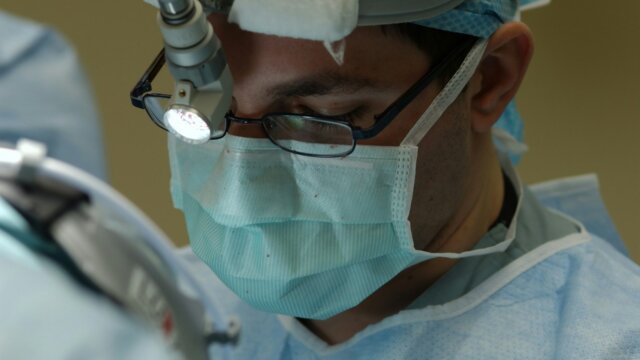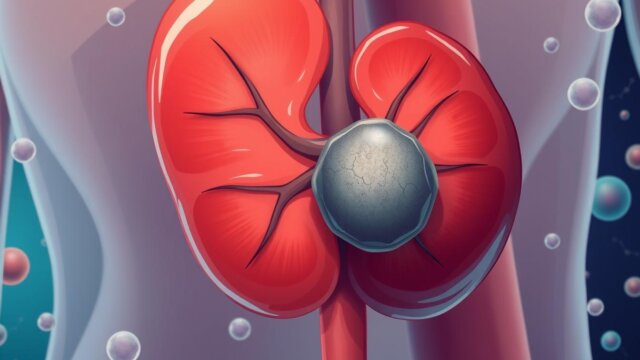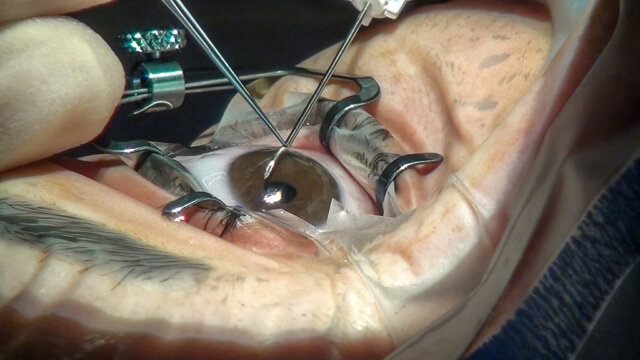FTC disclaimer: This post may contains affiliate links and we will be compensated if you click on a link and make a purchase.
To help manage your risk of cardiovascular diseases such as heart disease and stroke, it’s important to understand the difference between HDL and LDL cholesterol.
There are two main cholesterol levels: high-density lipoprotein (HDL) and low-density lipoprotein (LDL).
These two types of lipoproteins work are to carry cholesterol to and from cells.
Moreover, Lipoproteins are made of fat and protein and serve as vehicles for your cholesterol to travel through the blood.
What is Cholesterol?
Cholesterol is a fatty type of substance that has the consistency of soft melted wax. Cholesterol is part of a category of steroids and is crucial to certain functions that help maintain a healthy body.
What is the role of cholesterol in the body?
Cholesterol assists in the development and preservation of cell membranes. This function helps shield nerves as well as insulates the cells against temperature changes in the body.
Another purpose of cholesterol is to create hormones (like estrogen, testosterone) that deal with sexual functions. When someone has a problem with a decrease in their sex drive, blood tests to determine cholesterol levels are among the first things a doctor will do.
Cholesterol also aids in the digestion of food because it is part of bile, which helps break down fats into fatty acids and is further taken into the body from the digestive tract.
Besides, cholesterol aids the body with the transformation of vitamin D when out in the sun.
How does the liver make cholesterol?
Both our diets and our body produce cholesterol. As per studies, your liver makes sufficient cholesterol for the proper functioning of your body.
But, if you take dietary cholesterol, then your liver produces less cholesterol. It is estimated that your liver produces 80% of the cholesterol, and 20% are taken from outside as dietary cholesterol in a healthy body.
Vegetables, fruits, and most grains do not contain cholesterol. That is why when people are tested and discover they have high cholesterol levels, doctors put them on diets and tell them to eat lots of fruits and vegetables.
You need to avoid processed food, simple carbohydrates, and sugar that give rise to saturated fats. And, as per studies, saturated fat derived from this food will have a negative impact on your cholesterol level.
How is cholesterol transported in the blood?
Fats and cholesterol doesn’t dissolve in water or blood. Instead, your body packages fat and cholesterol into tiny, protein covered particles called lipoproteins.
Lipoproteins in your blood act as a transport for moving the cholesterol and circulating it around your body.
There is good and bad cholesterol, and your body will use the good cholesterol to eliminate the bad cholesterol. Bad cholesterol is generated mainly because of poor lifestyles such as stress, obesity, poor eating habits, and more.
The excess cholesterol, so-called “bad” cholesterol, keeps circulating in your body and depositing itself on artery walls and other blood vessels. Further, clogged arteries and blood vessels are leading causes of heart attack and stroke.
It is safe to say that you are what you eat. If you follow a diet mostly high in saturated fats mainly derived from processed foods, you are more likely to develop a type of disease like atherosclerosis.
Atherosclerosis is a plaque build-up in the blood vessels due to high levels of “bad” cholesterol.
HDL vs LDL Cholesterol
LDL Cholesterol
If you maintain a healthy diet and get regular cholesterol screenings, you would know all about LDL.
LDL is short for low-density lipoprotein, and too much of it is a bad thing when it comes to your blood cholesterol levels.
In the body, several kinds of fat molecules need to be transported. Without the help of lipoproteins, the fat molecules will not be able to move around in the bloodstream.
At the microscopic level, the low-density lipoproteins act as a minibus for each cholesterol molecule, allowing it to transport cholesterol, triglycerides, and phospholipids.
It is important to avoid high levels of low-density lipoproteins, as it can cause cardiovascular health complications in the long run.
High LDL levels can lead to various health conditions like atherosclerosis, heart attack, and stroke.
Healthy LDL cholesterol level
With those who have high cholesterol, your LDL cholesterol needs to be as low as possible. The normal level of low-density lipoprotein is anything under 100mg/DL.
Some numbers you can keep in mind to maintain a healthy LDL cholesterol level.
- Less than 100 mg/dL would be optimal
- 100 to 129 mg/dL is either near-optimal or above the optimal range
- 130 to 159 mg/dL is considered as borderline high
- 160 to 189 mg/dL is mainly considered high
- 190 mg/dL and above is very high
What affects LDL cholesterol level?
Our bodies naturally make cholesterol, enough to maintain a fit body. However, cholesterol levels, especially the LDL’s, could have a negative impact on our health because of what we eat.
When you are mainly exposed to highly processed foods and meals high in saturated fat (such as hydrogenated oil), it can slowly lead to high LDL levels.
If you focus on a diet high in saturated fats combined with simple carbohydrates and sugar, your body’s LDL levels will most surely increase. Over time, high LDL levels leave deposits that eventually build-up in your arteries and blood vessels, restricting blood flow.
Excess LDL cholesterol in the body is not good because it circulates in the bloodstream creating clogs and blockages for the blood vessels and arteries.
This could lead to various health conditions listed above, like atherosclerosis, stroke, and heart attack.
Each person is different, but men are more inclined to higher levels of LDL.
Estrogen and other female hormones help keep LDL levels down, but once women go through menopause, their LDL levels sometimes rise.
When your cholesterol level is high due to increased amounts of LDL in your blood, your body will use the needed cholesterol, and the rest will reject it.
The rejected LDL cholesterol is what helps in the build-up of plaque in the blood vessels and arteries.
How to lower LDL levels?
Combating those elevated LDL levels in your blood cholesterol could be as simple as changing the way you eat.
People suffering from LDL cholesterol should avoid intake of trans fat, which is largely present in; processed red meat, cheese, chips and other greasy foods.
Even foods high in saturated fats that come from processed foods play a vital role in elevating LDL levels.
By increasing your intake of fruits, vegetables, and whole grains, you decrease your LDL levels. Exercise is also another factor in reducing LDL blood cholesterol levels.
The only way to determine whether or not you have high cholesterol is to have your blood tested. Make it a normal part of your yearly routine.
By catching your high cholesterol early, you have a better chance of defeating the problem through diet and exercise. By making some of those positive changes, you definitely have a longer, healthier outlook on life.
HDL Cholesterol
HDL, in regards to cholesterol, stands for high-density lipoprotein.
Moreover, HDL is considered “good” cholesterol, and it takes up anywhere from one-fourth to one-third of your blood’s cholesterol level, depending on the person.
The body manufactures the HDL as a protective measure against the “bad” cholesterol known as LDL or low-density lipoprotein.
The HDL takes the bad cholesterol away from your arteries and back to your liver to get processed. From there, your body will eliminate any waste your liver filters out.
The levels of cholesterol must be this way: High HDL and Low LDL.
But, in the case of Low HDL and High LDL, the person needs serious diet modification and a few productive lifestyle changes.
Optimal levels of HDL cholesterol for both men and women:
- Optimal HDL level for both men and women: 60 mg/dL or above
- HDL level at risk for men: Less than 40 mg/dL
- HDL level at risk for women: Less than 50 mg/dL
Some research has indicated that HDL actually diminishes a person’s chance of getting cardiovascular disease.
In fact, some research revealed that HDL levels could also reduce or reverse the plaque buildup in the arteries and blood vessels that cause atherosclerosis.
Genetically, women tend to have more elevated levels of the good cholesterol HDL than men do. This is basically due to female hormones, mainly estrogen.
What causes low HDL cholesterol?
Stress factors and smoking
The levels of good HDL in your body get affected due to certain stress factors and smoking.
Both stress and smoking cause HDL levels to lower, which leaves you vulnerable to the effect of the bad cholesterol LDL.
However, eating lots of vegetables and exercising a normal part of your daily routine can boost those good HDL levels in your blood cholesterol.
Genetics may affect HDL cholesterol.
If you have family members like mom and dad who have high cholesterol, you need to get tested occasionally to ensure that your own HDL levels are within the normal range.
Genetically affected people need to watch what they eat. Consistent monitoring will ensure a healthy body.
Obesity lower HDL cholesterol
Obesity results in high LDL cholesterol and low HDL cholesterol. It is vital to take up weight reduction to balance cholesterol levels as recommended by the doctor.
How to increase HDL levels?
Focusing on a healthy and balanced diet enables you to increase HDL cholesterol in your body.
Exercise and physical activity raise HDL levels.
Exercise, physical work enables you to lower down the LDL cholesterol level and raise the HDL cholesterol required for staying healthy.
Swimming is considered the best exercise for maintaining good cholesterol.
Aerobics is the best-proven way of getting high HDL cholesterol. Doing aerobics is entertaining, and you can also get a healthy body that too with fun.
Leave smoking and drinking.
Leaving smoking and drinking habits can also help to achieve the target cholesterol levels.
If you stop smoking, your HDL cholesterol levels will be increased, keeping you safe from coronary heart disease.
Soy foods
Soy foods, the best option for especially those who are vegan or vegetarian, as soy foods provide a lot of proteins. It also increases the concentration of the enzyme and hence, increases the HDL cholesterol.
Green vegetables and fruits
Green vegetables, fruits, and green leafy vegetables are the best source of raising HDL cholesterol.
Berries and grapes are also the major sources of increasing the HDL cholesterol level in your body.
Monounsaturated fats
Studies concluded that eating foods rich in monounsaturated fatty acids improves blood cholesterol levels, decreases your risk of getting heart disease, and may also help decrease type 2 diabetes risk.
Monounsaturated fats contain in fish, olive oils, nuts, and avocados.
How often to check cholesterol levels
To maintain a healthy lifestyle and have a higher life expectancy, you should have your blood cholesterol checked every few years.
Experts have different opinions on how often you should have your cholesterol checked, but the standard is every two to three years. Check-ups are more often depending on the results of those tests.
Optimally, you should schedule a yearly checkup with your doctor and request your cholesterol levels checked.
Your local hospitals will sometimes also sponsor health fairs where people can get their blood routine screenings for free. Sooner is always better in regards to testing your blood cholesterol levels.
For younger people in their twenties and thirties, doctors recommend having your blood cholesterol checked if there is a history in your family of heart disease and stroke.
For the average person with no known genetic tendencies towards high cholesterol or heart disease, the optimal levels for your total blood cholesterol is below 200 mg/dL, with the good cholesterol (HDL) being above 45 mg/dL and the bad cholesterol (LDL) being below 130 mg/dL.
These numbers probably don’t mean much to you now, but a doctor can interpret them and give you guidance based on your levels.
Just know that overall blood cholesterol levels from 200-240 mg/dL are on the borderline for trouble, along with having HDL levels between 35-45 mg/dL and LDL levels above 130 mg/dL but below 160 mg/dL.
Anything over those measurements places you at high risk of developing heart disease and stroke.
Getting your blood cholesterol levels checked is important, so call your doctor’s office or talk with your local hospitals or clinics about any upcoming health fairs offering cholesterol screening.
Total cholesterol to HDL ratios
The total cholesterol to HDL cholesterol ratio is also a good marker to understand whether you are consuming enough good cholesterol and limiting bad cholesterol sources.
It is calculated just by dividing the total cholesterol by the HDL level.
Ideally, the total cholesterol to HDL ratio should be below 4.
The lower the cholesterol ratio is, the healthier a person can be.
Total cholesterol may fluctuate with two different cholesterol tests. So, if you have more than one cholesterol test, then one can accurately assess the result.
Moreover, total cholesterol to HDL ratios may also fluctuate before and after meals. So, it is good to have tested before and after meals for better assessment.
However, studies have shown more inclination toward the total cholesterol to HDL ratio. It concluded that it is a better marker of the risk of heart disease than LDL cholesterol levels alone.
Non-HDL cholesterol
Calculating a non-HDL cholesterol level is another good way to assess cholesterol levels.
You can measure by subtracting HDL cholesterol from the total cholesterol.
Moreover, it is considered one of the preferred methods for physicians because it includes very-low-density lipoprotein (VLDL) levels in the calculation.
Like LDL cholesterol, VLDL cholesterol is also responsible for building plaque inside blood vessels’ walls.
It is recommended to have a non-HDL cholesterol level of less than 130 mg/dL. A higher number will increase the risk of getting heart disease.
What are the dangers of high cholesterol?
Doctors regularly warn against the dangers of high cholesterol. This is a health issue that can have extreme and potentially deadly consequences for your health. There are several dangerous medical conditions caused by high cholesterol.
High cholesterol levels have a great impact on your cardiovascular system. This system, which includes your heart, arteries, and veins, is responsible for moving blood around your body.
It sends the oxygenated blood out from your heart and lungs and brings the de-oxygenated blood back into your heart and lungs for replenishing. This system is integral to the process of sharing oxygen throughout your body.
High cholesterol can affect the proper functioning of this system and can have potentially deadly effects. The two primary medical dangers of high cholesterol are atherosclerosis and hypertension.
High cholesterol and Atherosclerosis
Atherosclerosis is the term for a condition in which fatty compounds, including cholesterol and triglycerides, build upon the walls of your arteries.
Over time, this accumulated, plaque-like material starts to block off the artery. It also impacts the suppleness of the artery, causing it to become rigid.
The fatty plaque substance builds up over time, and the artery gradually narrows. This narrowing makes it harder for your blood to pass through and therefore puts extra strain on the heart, which pumps blood through the rest of the cardiovascular system.
If the pressure becomes too great, the plaque barrier can break off, causing a release of concentrated plaque into the bloodstream. This release can lead to a heart attack or stroke.
High cholesterol and Hypertension
The other danger of high cholesterol is hypertension. This is a chronic condition in which elevated blood pressure increases blood flow speed throughout the cardiovascular system.
This increased pressure puts extra strain on the heart by forcing it to work harder to move blood around the body.
Making your heart work faster for a sustained period of time, hypertension weakens the system and can increase a heart attack risk.
Bottom Line
You should avoid jumping to conclusions when thinking about fats in your body. Not all fat is bad, nor is all cholesterol.
Some can actually help protect your heart and help you live a healthier life. Look for foods that are higher in HDL to help your body process fat and function more effectively.
Making small changes consistently to your lifestyle and eating habits can significantly reduce the risk of getting cardiovascular disease.
Apart from just eating right, you have to exercise regularly. Exercising can be beneficial in boosting your HDL cholesterol.
So, understanding what low-density lipoprotein is and what it does in your body can be advantageous for your overall health.
